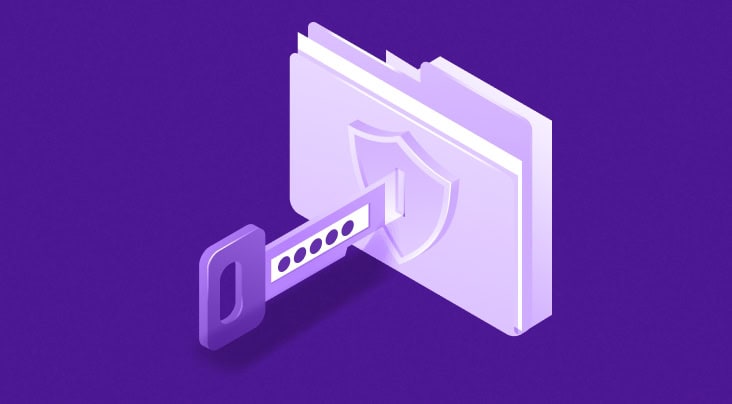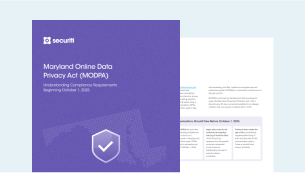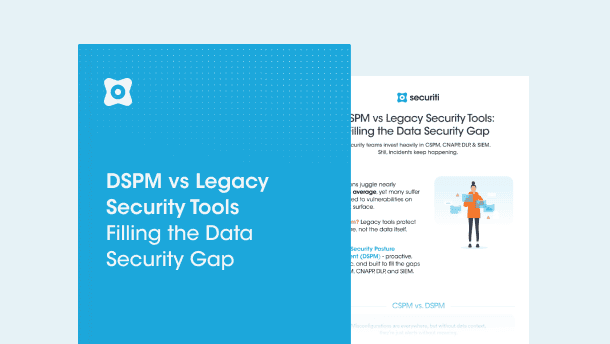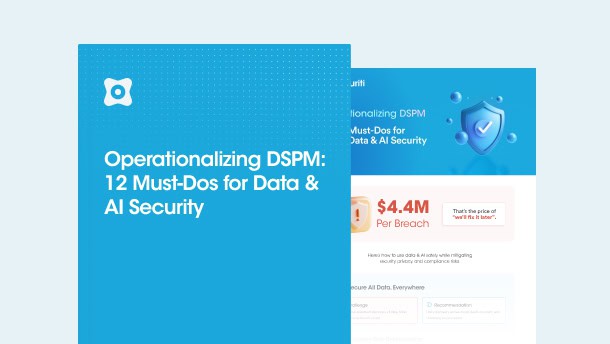There are two possible types of threats that an organization can come across which may lead to data loss or breach. These threats are broadly classified into internal and external threats.
External Threats
These are threats that stem from outside the organization, involving getting unauthorized access to data within the organization. These are seen as the most frightening attacks but not the most effective as we will read further. These attacks come from sophisticated and highly skilled external hackers. These hackers can find network vulnerabilities within your system or socially manipulate employees to get past preset network defenses. Since an organization’s software applications run on open connections to IT databases, hackers aim to breach these applications and get inside, often by seeking application passwords set to their defaults.
Internal Threats
Internal attacks are often argued by organizations to be more dangerous than outside attacks. Willful attackers within the organization commit a large portion of database breaches. These can stem from disgruntled employees who abuse their privileged access to damage their organization. Others can be infiltrators who work for external intelligence or hope to sell the organization's information for profit to their competitors. Malicious insiders that have full access to organization servers are difficult to stop. Organizations can implement policies such as thumb drive policies, which aim to prevent leaks such as the high-profile one involving Edward Snowden, but these policies are hard to maintain.
Data Loss Prevention Best Practices
While ensuring data loss prevention is a rigorous process that takes both time and resources, here are some of the best practices an organization may adopt:
Prioritize Data
It has been mentioned numerous times how organizations now produce extraordinary volumes of data. Even by leveraging the best tools available, there is a critical need to prioritize data to ensure efficient management of such data. Prioritization not only helps ensure the most critical and sensitive data resources are afforded the appropriate security but also helps comply with any regulatory needs related to special care required for sensitive data.
Classify Data
The task mentioned above of prioritizing data can be effectively accomplished by efficiently classifying and categorizing all data assets in an organization’s possession. Doing so helps organizations appropriately index their data with the relevant classification tags and makes navigation easier for better insights to be driven from such data.
Monitor Data Movement
Data is often at rest, i.e., not currently accessed by anyone, or can be in motion, i.e., accessed by multiple personnel and systems. Appropriately monitoring and identifying all such movements of data can help develop policies related to the use, disclosure, and access to such data, mitigating chances of data loss.
Access Management
Appropriate data access management can help organizations ensure only the most essential and relevant personnel gain access to data.
Train Employees
This goes without saying, but even the best practices and software cannot do much for an organization if its employees are not adequately trained and educated about leveraging their maximum potential. More importantly, regular employee training can eliminate any chances of accidental data loss.
Use Cases for Data Loss Prevention
There are 3 main issues that a data loss prevention solution can solve. These three objectives are normally the same for every organization, which are; how to protect personal information, how to protect intellectual property, and how to offer complete data visibility. We will look into how each of these use cases are fulfilled with DLP.
Personal Information Protection
Most, if not all organizations store personal information. This could range from Personally Identifiable Information to PHI or even PCI. The main objective for any organization storing this type of data is to protect it while staying in compliance with regulations such as GDPR or HIPAA. A DLP solution can help organizations identify this data, classify them based on their type, tag sensitive data and monitor the activities that have been undergone on the data. This deals with the protection of the information and the added ability to create reports also lead to compliance with privacy regulations.
IP Protection
The context-based classification functionality within a DLP solution can classify your intellectual property within structured and unstructured forms. The policies and controls that are set in place can help you protect company secrets and important intellectual property from unwanted exfiltration.
Data Visibility
A DLP tool can help you track data at your endpoints, networks, and on the cloud. This tracking can offer you 360 visibility on how users are interacting with stored data within your organization.
How to Prevent Data Leakage?
Here are some of the best strategies that can help an organization prevent any possible leakage and data loss:
Evaluate Third-Party Risk
Organizations may have the most rigorous and resilient internal data protection and security policies, practices, and mechanisms. Yet, they may still fall victim to data loss due to negligence by a third party with access to your data.
Unfortunately, there may be instances where your third-party vendors may not share your organization’s proactiveness in countering data losses. The best and most effective way to identify such vendors is via regular vendor risk assessments that identify all relevant third-party security risks while ensuring compliance with regulatory requirements.
Monitor Network Access
An organization’s network activity can often be the most basic but insightful way of assessing and monitoring any possible suspicious activity. In most cases, cybercriminals usually conduct detailed reconnaissance of their target network before launching an attack.
During such a reconnaissance activity, an organization has the best chance of identifying and eliminating the chances of a significant incident. Organizations may leverage various mechanisms and several software solutions that may help an organization do just that.
Secure Endpoints
An endpoint is any remote access point communicating with a business network via the end-user device. Most commonly, this includes IoT devices, laptops, and smartphones. For organizations with a significant portion of their workforce personnel working remotely, it is critical to secure all their endpoints.
Cloud-based endpoint security must be a critical priority in such instances, with appropriate firewalls and VPNs the base later with other software designed to combat endpoint threats being leveraged as well. Employee trainings and regular updates are also important in warding off any phishing or social engineering attacks.
Encrypt Everything
This may seem simple, but it represents one of the most effective ways an organization may prevent data leakage. Provided an organization adopts a rigorous data encryption protocol with the latest standards, cybercriminals of any ilk would struggle to find any exploits.
Access Controls
Often, the most devastating threat to any organization’s data assets isn’t a well-coordinated external malicious actor but an innocuous mistake by an insider. Most organizations without appropriate data access controls have a data architecture where anyone can access any data, even if their job description or the nature of their role requires access to it.
Access controls are critical in shoring up any non-technical and internal threats to your data by allotting data access privileges based on a hierarchy of needs. Not only does it ensure only relevant personnel gain access to critical data, it also documents all instances of access in the event of a future breach.
Conclusion
Data is becoming the most important asset for any organization and protecting it is now not only necessary but also obligatory. In order to have your data protected as well as stay compliant with privacy regulations such as the CCPA and GDPR, organizations need to have a strong Data Loss Prevention tool implemented on their systems if they are looking to keep their data protected and their organization compliant.












































